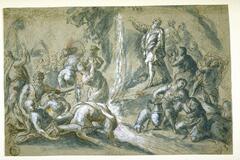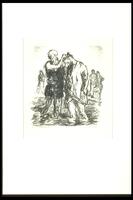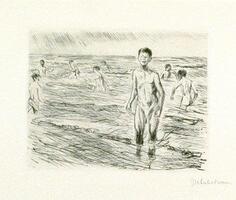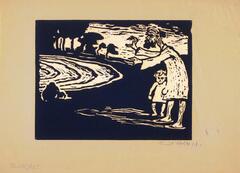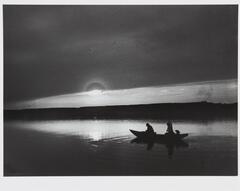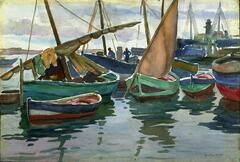Water has many options. It hydrates, it cleanses, it amuses, it nourishes, it transports, it amazes. A main topic of my exhibition is the use of water to hydrate people, because without water people and other living things cannot survive. It is one of the most important things that living organisms need to survive, and that is one of the reasons why my exhibition shows various works on hydration. The water also cares for us. It provides us with food and a source of income, whether we fish from it or cross it, water does something for us.
Water is also something that purifies us in a variety of ways. Literally, we use water to bathe and remove dirt from our bodies; but we also use it to spiritually purify and purify ourselves. Water has proven to be a powerful natural resource that behaves like no other and has power.
Aside from what water does to help us survive and to cleanse or cleanse us, water is also able to bring joy to people and animals. People swim and splash and float in the water, they watch the sunset over the beautiful sea and illuminate the water with wonderful colors.
Water seems simple or simple, but literature has portrayed the liquid as magical, and artists have interpreted it as meaning more than you can see at first glance. Water is a source of endless possibilities, and it is up to us to decide which way water can offer us.
8 Items in this Learning Collection
Copyright
Verzweiflung (Despair)
1965/2.72
Title
Verzweiflung (Despair)
Artist(s)
Emil Nolde
Artist Nationality
German (culture or style)
Object Creation Date
1906
Medium & Support
woodcut on paper
Dimensions
9 in x 12 3/10 in (22.86 cm x 31.27 cm);14 3/10 in x 19 3/10 in (36.35 cm x 49.05 cm)
Credit Line
Museum Purchase
Label copy
March 28, 2009
Already a prolific etcher, Emil Nolde learned the art of woodcut during his brief association with Die Brücke (The Bridge) in the years 1906 and 1907. This work from 1906 is part of the artist’s series Märchen (Fairy Tales), made up of ten woodcuts illustrating individual scenes loosely adapted from folk legends, proverbs, and Bavarian glass painting.
Despair is an excellent example of Nolde’s early mastery of this print technique. He often incorporated the knots, grains, and inherent imperfections of the wood into his printed works. In Despair we see the impulse not only to make the grain visible but to incorporate it as the basis for the flowing waves of the water, the windblown clouds overhead, and the bent posture of the man at the water’s edge. A further example of Nolde’s skill is seen in the bush at the left of the composition, which the artist added using either wood plugs or putty to fill in a previously carved area. The addition creates a formal delineation between foreground and background, giving the entire work a depth it would not otherwise possess.
Subject matter
Already a prolific etcher, Emil Nolde learned the art of woodcut during his brief association with Die Brücke in the years 1906 and 1907. This work from 1906 is part of the artist’s series Märchen (Fairy Tales), made up of ten woodcuts illustrating individual scenes loosely adapted from folk legends, proverbs, and Bavarian glass painting.
In Despair we see an excellent example of Nolde’s early mastery of this print technique. He often incorporated the knots, grains, and inherent imperfections of the wood into his printed works. In this early print we see this impulse not only to make the grain visible but to incorporate it as the basis for the flowing waves of the water, the windblown clouds overhead, and the bent posture of the man at the water’s edge. Further example of his early skill is seen in the bush at the left of the composition, which the artist added using either wood plugs or putty to fill in a previously carved area. The addition creates a formal delineation between foreground and background, giving the entire work a depth it would not otherwise possess.
Physical Description
Print featuring a image of a small boy and a bearded man standing at right near a body of water on left. Small bush at left and trees in the distance.
Primary Object Classification
Primary Object Type
chiaroscuro woodcut
Collection Area
Western
Rights
If you are interested in using an image for a publication, please visit http://umma.umich.edu/request-image for more information and to fill out the online Image Rights and Reproductions Request Form.
Keywords
Expressionism
boys
men (male humans)
modern and contemporary art
water (inorganic material)
